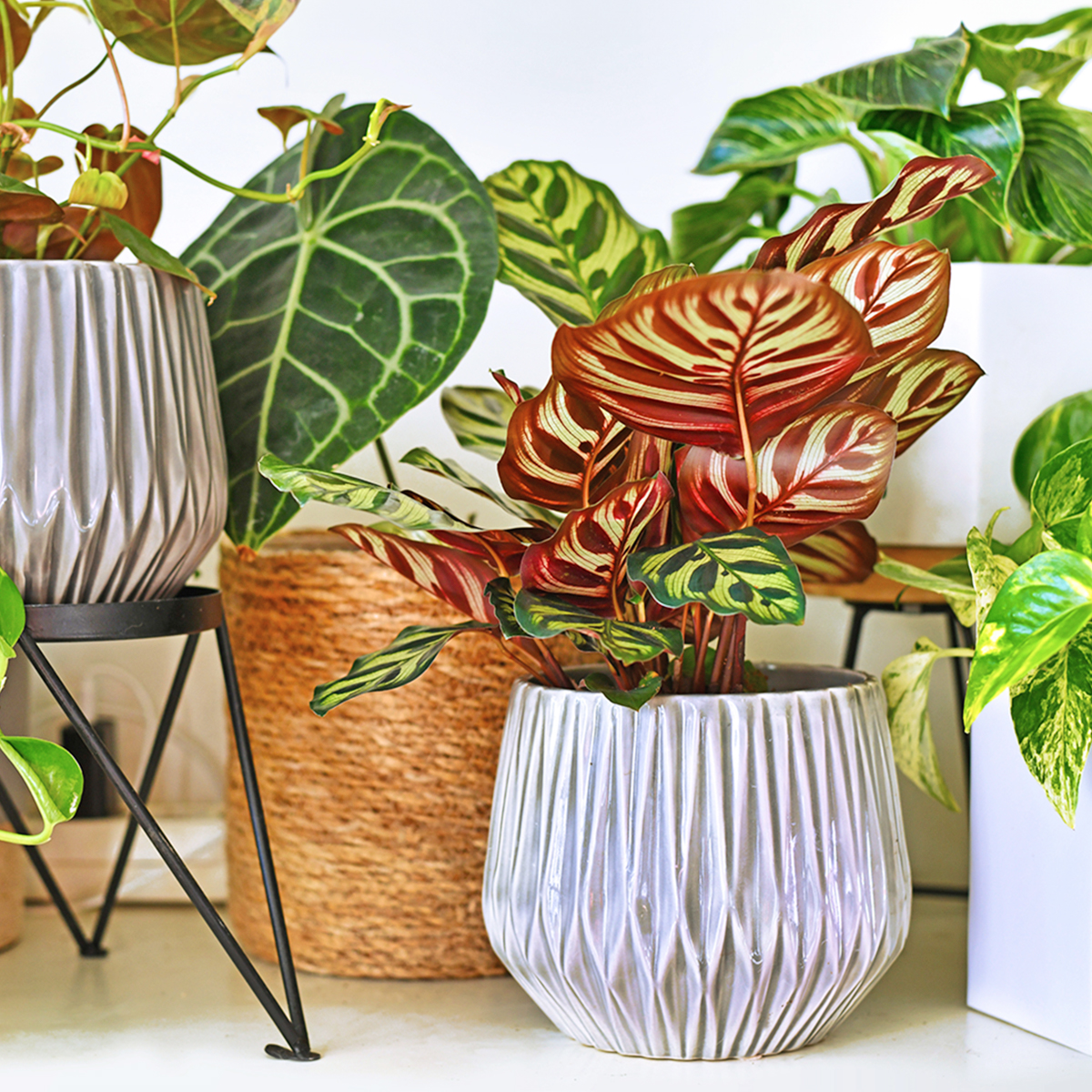How To Prune A Christmas Cactus: Trimming Tips For Healthy Growth & Beautiful Blooms
An occasional Christmas cactus pruning will keep plants in good shape and encourage a profusion of stunning flowers. Learn how to trim plants successfully.
Christmas cacti are popular festive plants that bloom during the holidays. While they are fairly low-maintenance, they might occasionally require a light trim. Learning how to prune a Christmas cactus will help it grow fuller and bushier, resulting in more blooms in the future.
Because Christmas cactus care is generally easy, it is not uncommon for plants to grow quite large. While this is lovely to see, it can create problems for a homeowner with limited space. So whether you want to reduce the size of your plant or just keep it looking its best, knowing how to trim a Christmas cactus the right way will make all the difference.
You can also use this advice for the other types of holiday cactus, as Thanksgiving cactus care and Easter cactus care are the same when it comes to pruning.
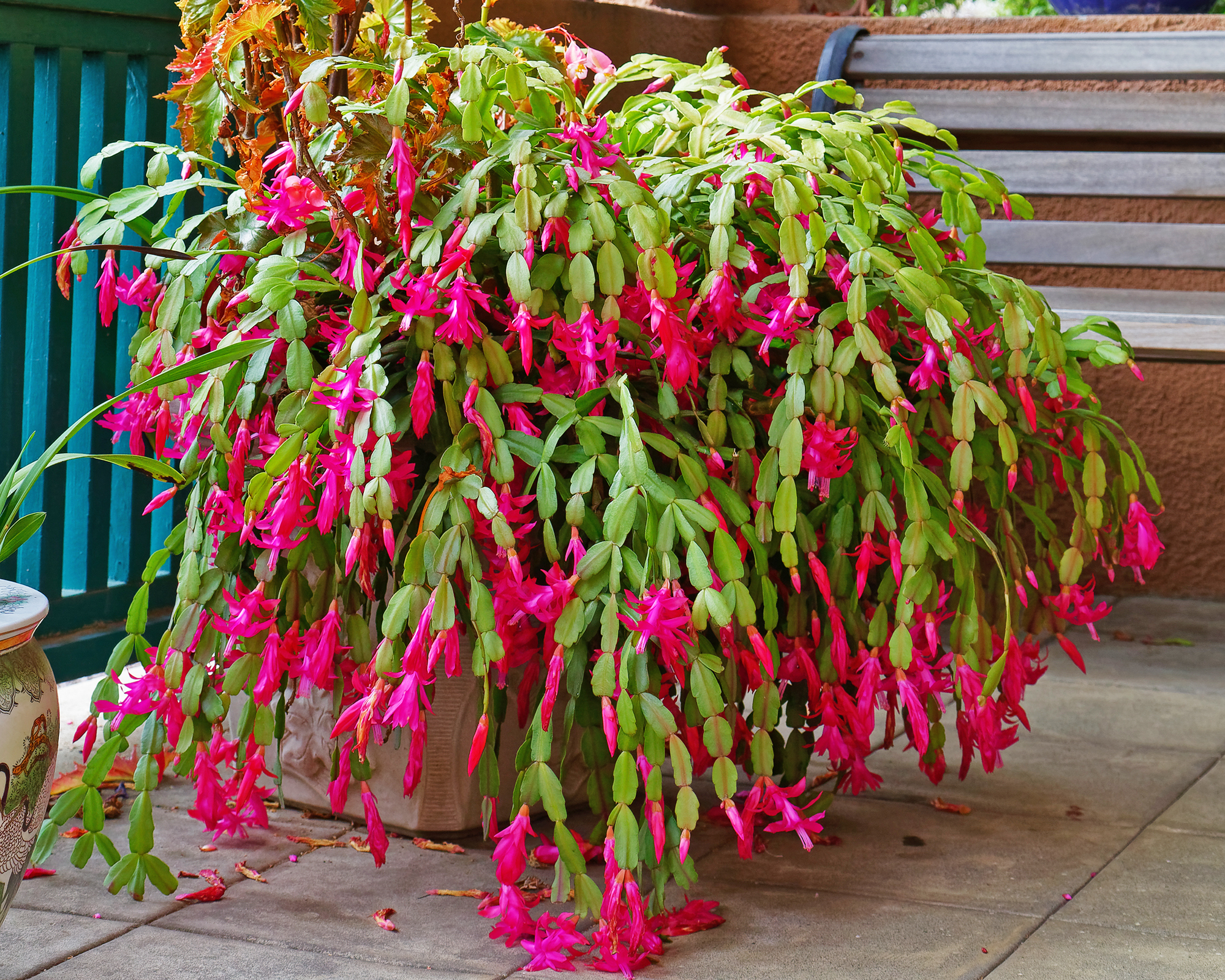
Do I Need to Prune a Christmas Cactus?
Christmas cactus clipping isn't strictly essential but it can be helpful to improve the appearance of a leggy plant or reduce its size.
Pruning a Christmas cactus offers another little bonus as well. The segments you remove from the plant can be easily propagated into carbon copies of the parent plant. Learning how to propagate a Christmas cactus will provide a fantastic source of holiday gifts for family and friends.
Even if your plant looks phenomenal and doesn’t necessarily require any pruning, you can take cuttings every 3-5 years to produce an abundance of healthy young plants.
When to Prune
Timing does matter here. You don’t want to prune the plant before it blooms since you won’t have the joy of seeing your plant in its full glory. So, the best time to prune a Christmas cactus is after blooming.
Gardening tips, videos, info and more delivered right to your inbox!
Sign up for the Gardening Know How newsletter today and receive a free copy of our e-book "How to Grow Delicious Tomatoes".
Once the plant has finished flowering, it will go into a rest period until mid-spring, at which time it will actively begin growing again. Prune the plant during this rest period. Trimming at this time will also encourage the plant to branch out, which means it will grow more of its distinctive stems.
If you're repotting a Christmas cactus, this is also a good time to perform a light prune, but don't go overboard and risk stressing the plant.
If you missed the optimal pruning window, you can still clip the plant any time until the end of spring – any later may impact making a Christmas cactus bloom.

How to Prune a Christmas Cactus
Pruning a Christmas cactus couldn't be easier. Identify which segments you wish to remove, then simply pinch or gently twist them. If they are of a larger size, you may need to snip them off with some clean shears. Twist or cut between leaf segments, at the narrow joint.
Deciding how much to cut back a Christmas cactus is key to success. If you are pruning to reduce the size of the plant, you can remove up to a third of the plant each year. Otherwise, be judicious with your pruning and only trim the end one to two segments
Sit back and have a good look at the plant from all angles. Determine where you would like additional branching and remove a segment from that area. Don’t remove too many segments which can damage or kill the plant. Each segment you remove will encourage branching.
If you hard prune, you will end up with a rather scruffy-looking plant for a while and if you cut too much of the plant you can kill it.
How Often Should I Prune?
There should be no need to prune the plant any more than once a year unless it becomes diseased. A healthy Christmas cactus shouldn’t need significant pruning more than every 3-5 years.
If your plant has signs of one of the common Christmas cactus diseases, you can prune affected limbs out at any time. If your plant is gangly and you want to encourage branching, prune it during its rest period – after it has flowered and before active regrowth in March or April.

Amy Grant has been gardening for 30 years and writing for 15. A professional chef and caterer, Amy's area of expertise is culinary gardening.
- Amy DraissDigital Community Manager
- Heather RhoadesFounder of Gardening Know How
-
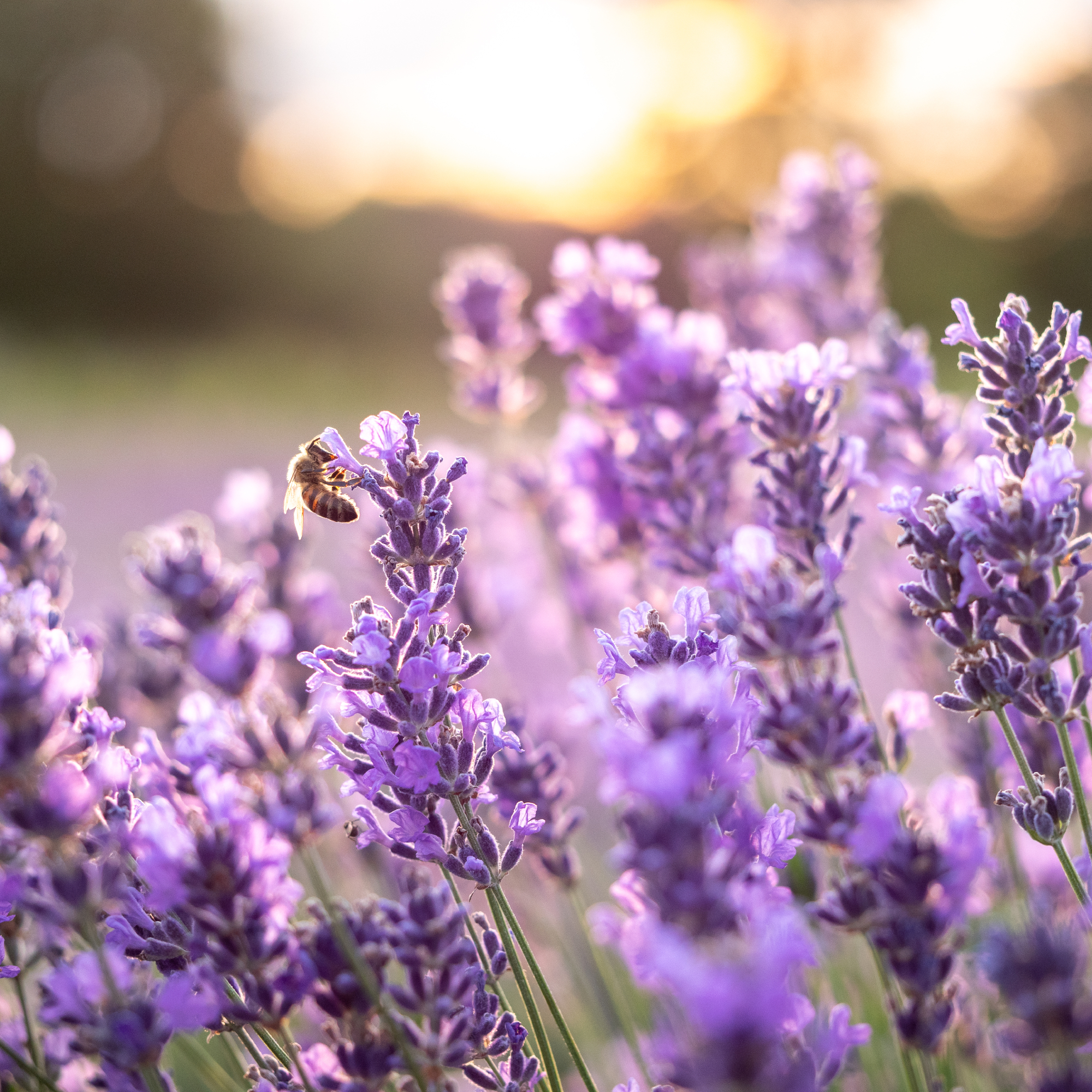 8 Best Herbs To Grow For Pollinators: Support Bees, Butterflies & More
8 Best Herbs To Grow For Pollinators: Support Bees, Butterflies & MoreHerbs are not only delicious in our kitchens, they are also a great source of food for our local pollinators! Learn which herbs to plant for the most benefit.
-
 Here’s The Best Time To Water Grass For A Lush Lawn, According To Experts
Here’s The Best Time To Water Grass For A Lush Lawn, According To ExpertsUnderstanding the best time to water grass is important to the health of your lawn. Watering at the wrong time can lead to disease or heat-stressed grass.
-
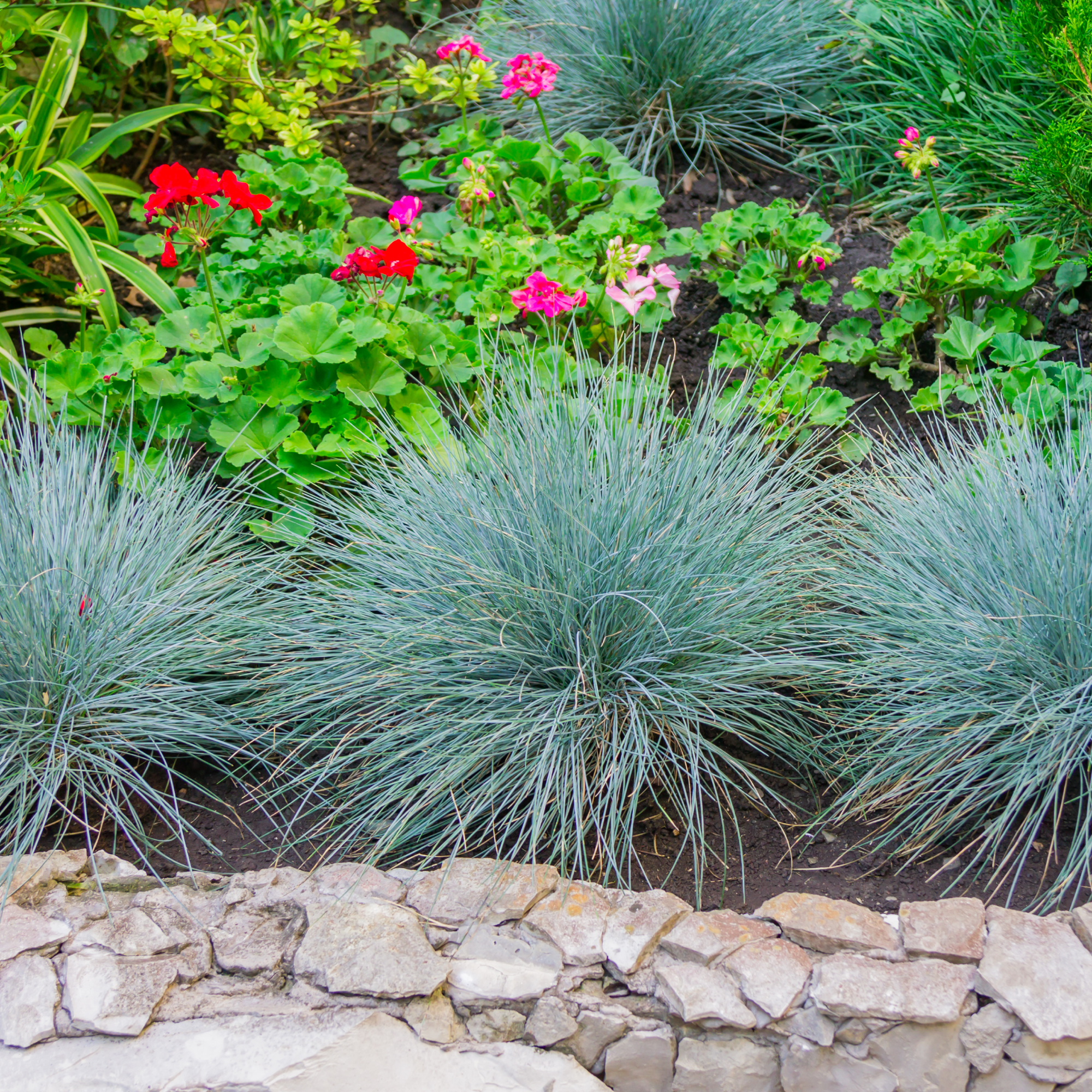 6 Blue Ornamental Grasses That Will Wow Your Neighbors And Add A Unique Touch To Your Landscape
6 Blue Ornamental Grasses That Will Wow Your Neighbors And Add A Unique Touch To Your LandscapeChoosing a blue ornamental grass can dress up borders and yards with striking color that changes with the seasons.
-
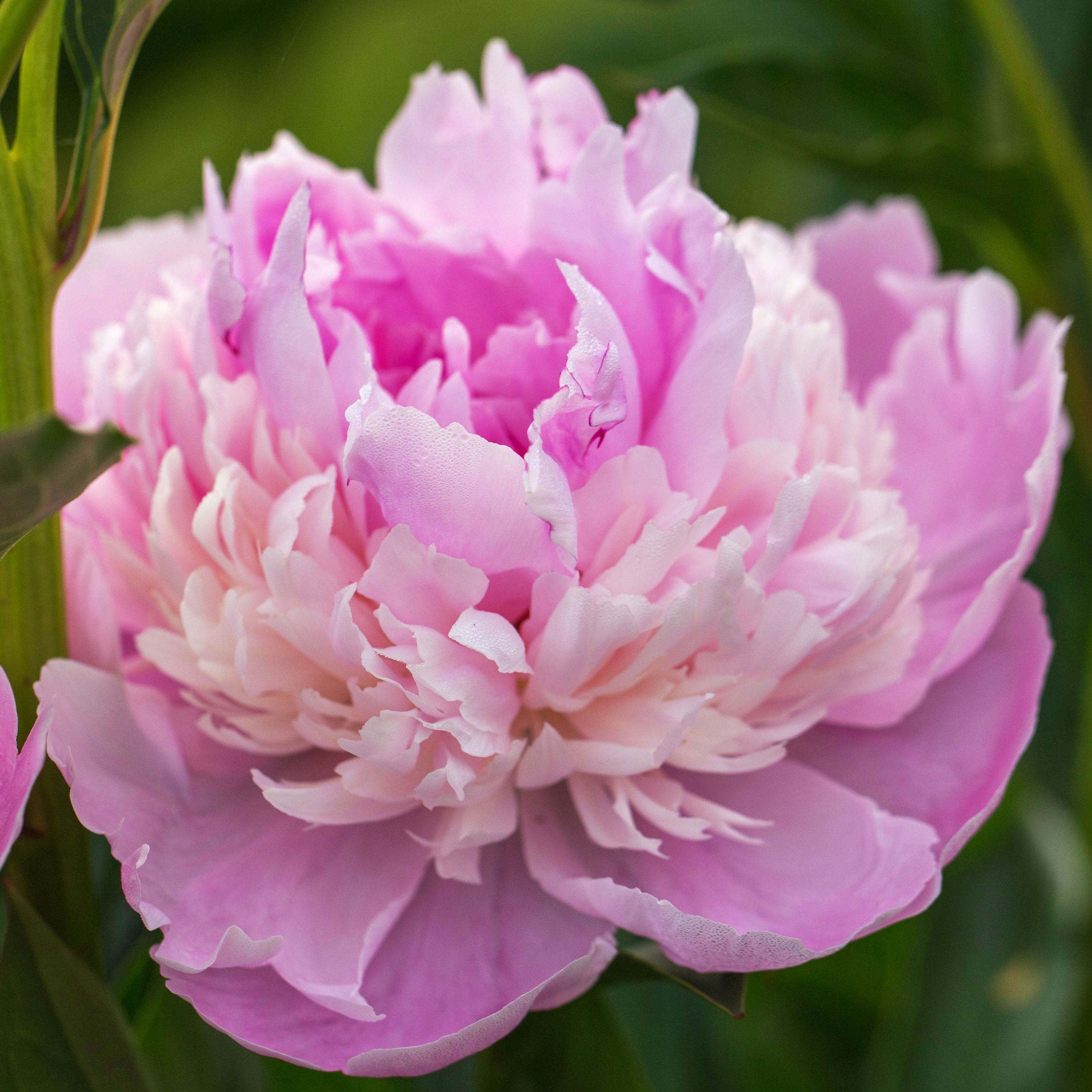 How To Grow A Sorbet Peony For Fluffy Pink Double Blooms With Unique Frills
How To Grow A Sorbet Peony For Fluffy Pink Double Blooms With Unique FrillsFor pink peonies with a unique edge, the Sorbet peony is a super-frilly bloomer with marshmallow and cream colored petals. Here’s how to grow this dynamic cultivar
-
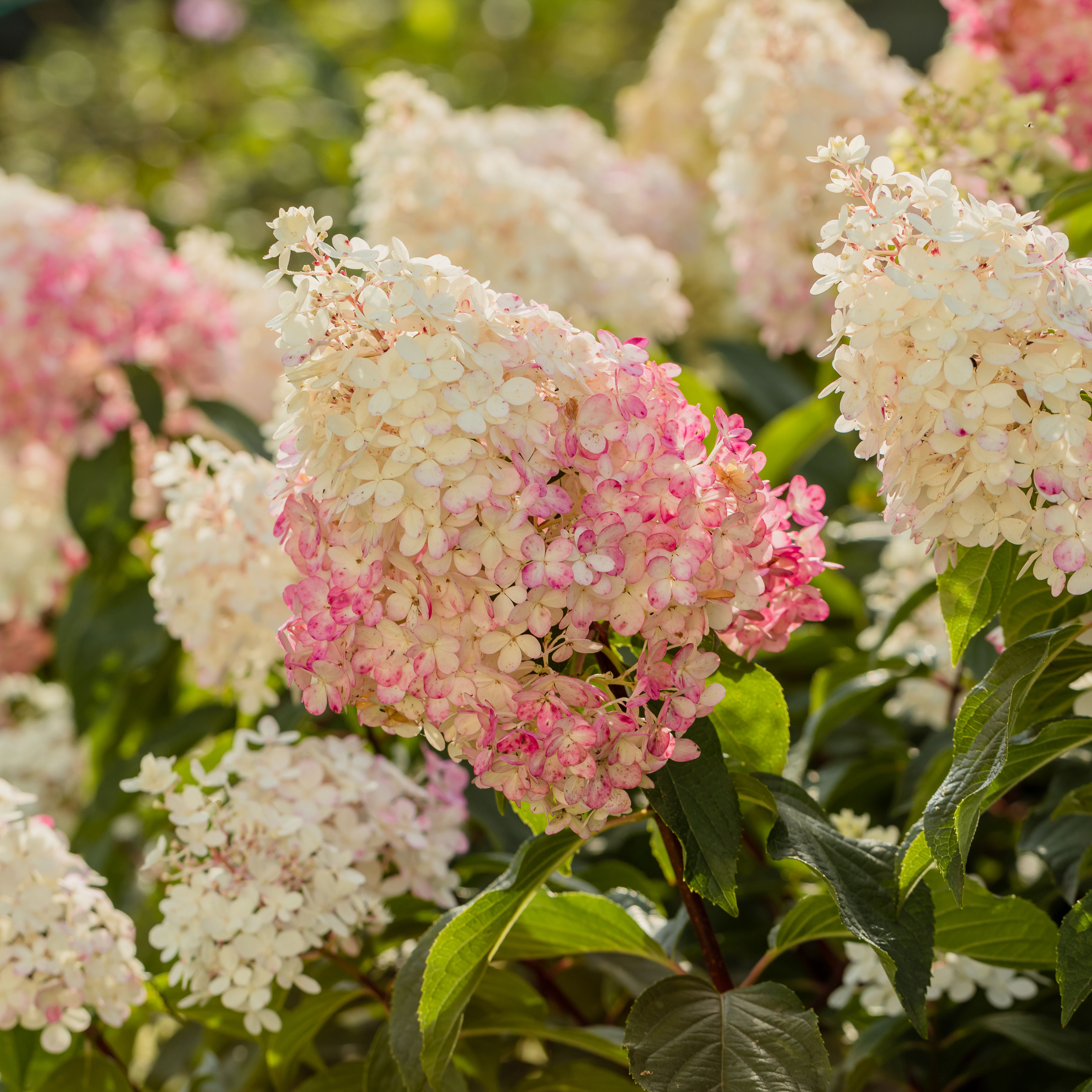 Grow Vanilla Strawberry Hydrangea Shrubs: Try Vanille Fraise Hydrangeas For Sweet Blooms Every Summer
Grow Vanilla Strawberry Hydrangea Shrubs: Try Vanille Fraise Hydrangeas For Sweet Blooms Every SummerFor a dreamy shrub that brings soft color variations and long lasting visual interest, grow a Vanilla Strawberry hydrangea. Here’s how to care for Vanille Fraise shrubs
-
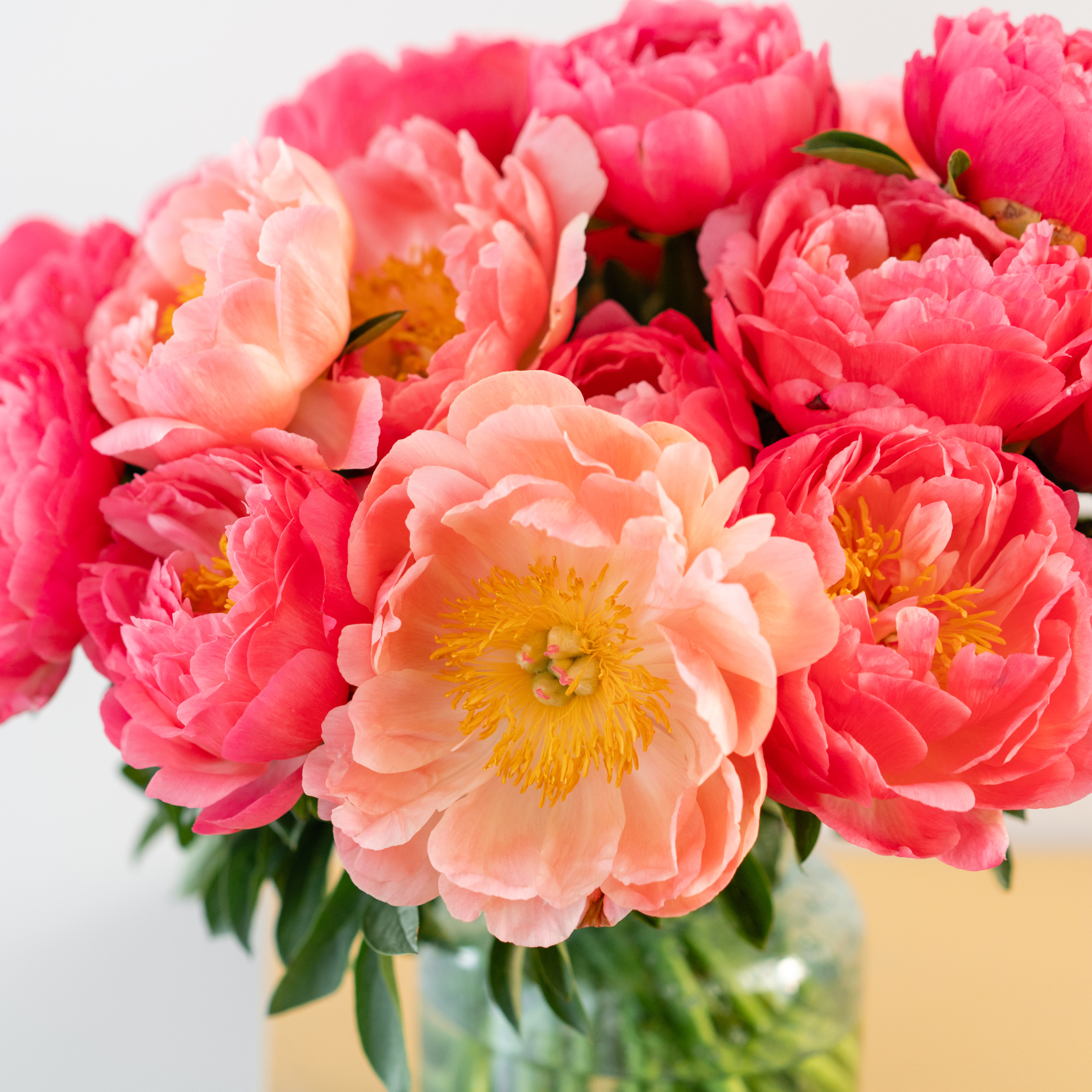 Coral Sunset Peony: Your Complete Guide To This Beautiful Color-Changing Hybrid
Coral Sunset Peony: Your Complete Guide To This Beautiful Color-Changing HybridThe coral sunset peony is a gorgeous addition to any garden. This beauty has double blooms that undergo an amazing color change as they age.
-
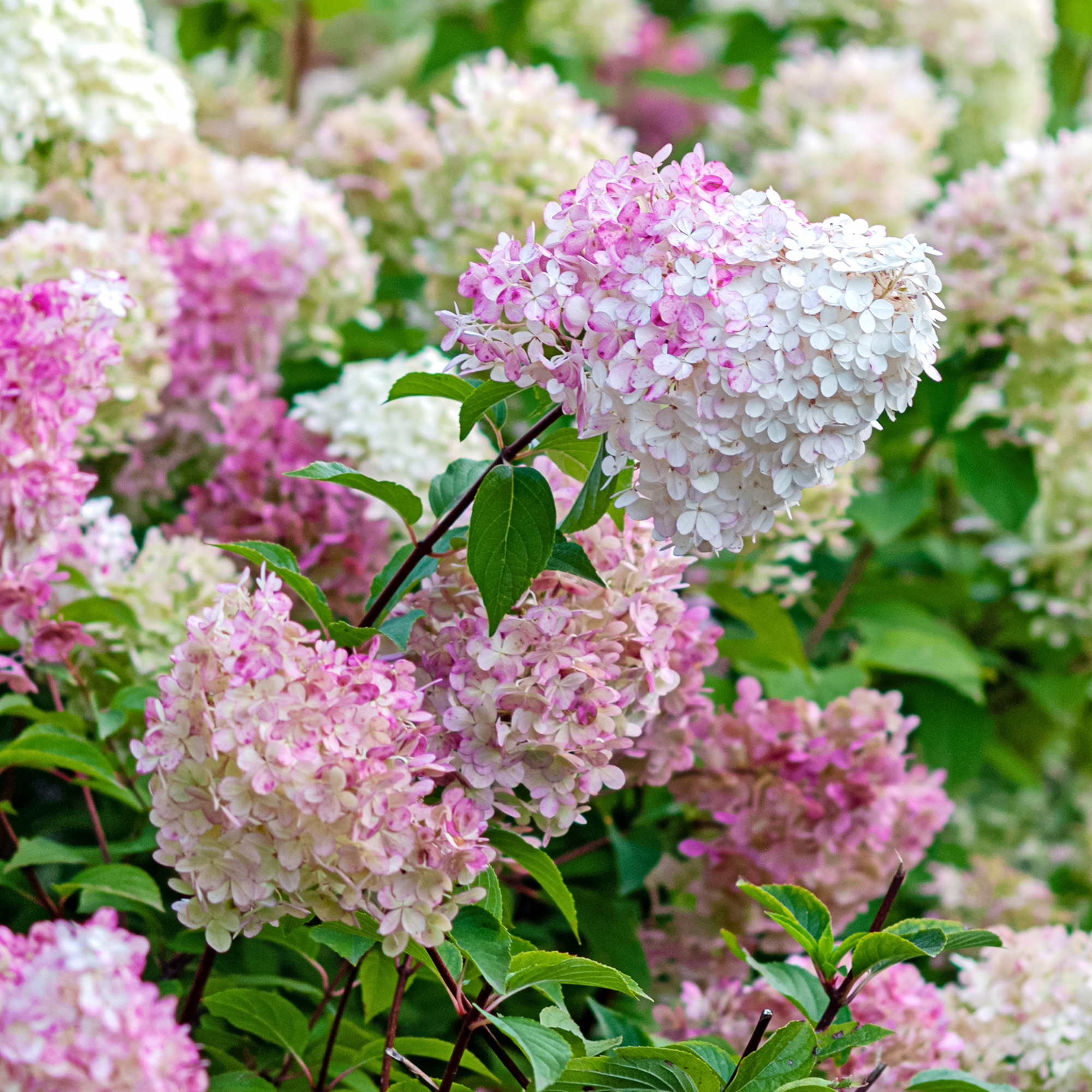 How To Grow Panicle Hydrangeas For Gorgeous, Low-Maintenance Blooms All Summer Long – Plus, Top Cultivars To Try
How To Grow Panicle Hydrangeas For Gorgeous, Low-Maintenance Blooms All Summer Long – Plus, Top Cultivars To TryPanicle hydrangeas are the ultimate low-maintenance shrubs! These beauties bloom all summer and all it takes is a little care. Here's how to help them thrive.
-
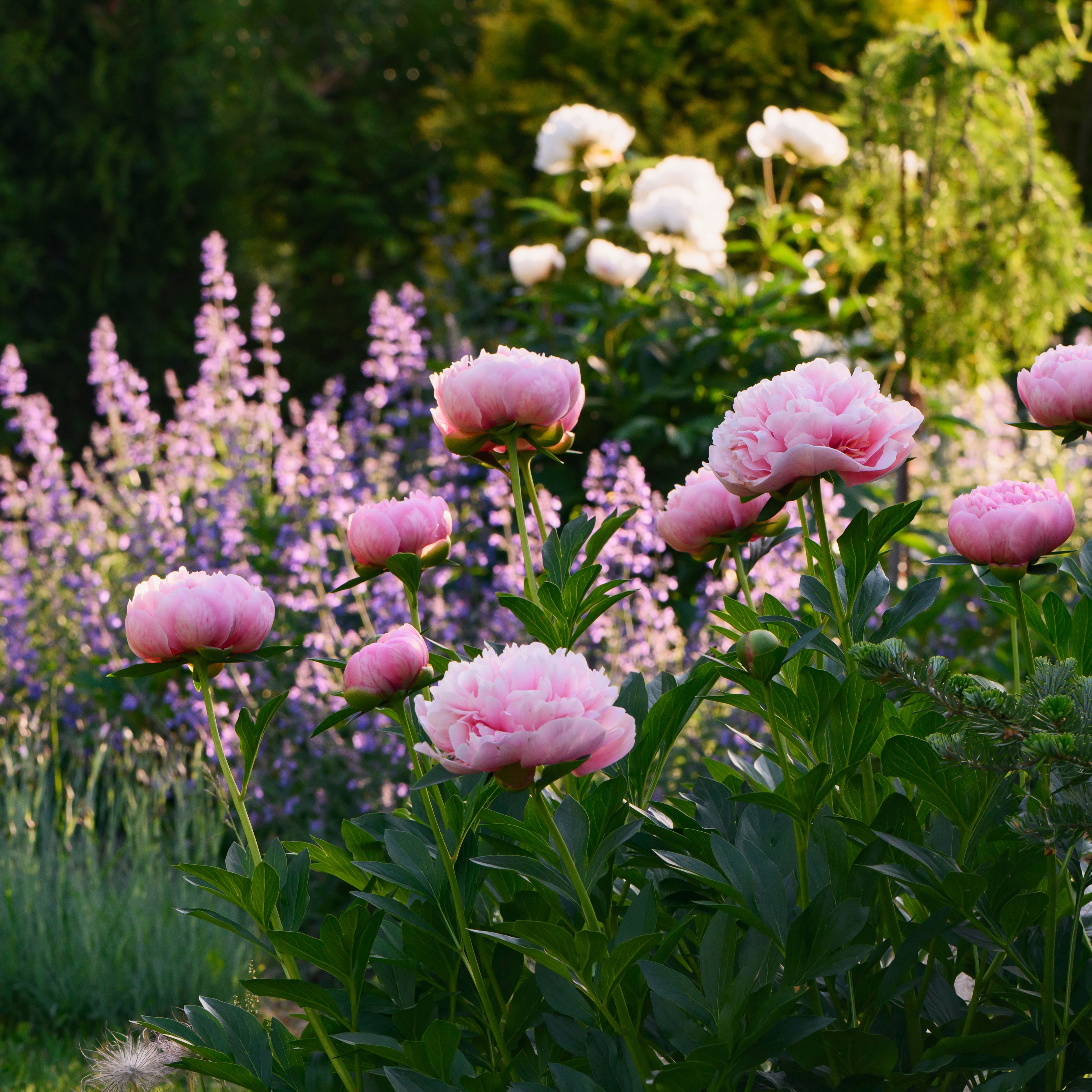 Grow The Peony Dream Team: 9 Peony Companion Plants For Style And Color
Grow The Peony Dream Team: 9 Peony Companion Plants For Style And ColorAs gorgeous as peonies are, they look even better when grown alongside the right ornamentals. Here are 9 peony companion plants to enhance your blooming shrubs
-
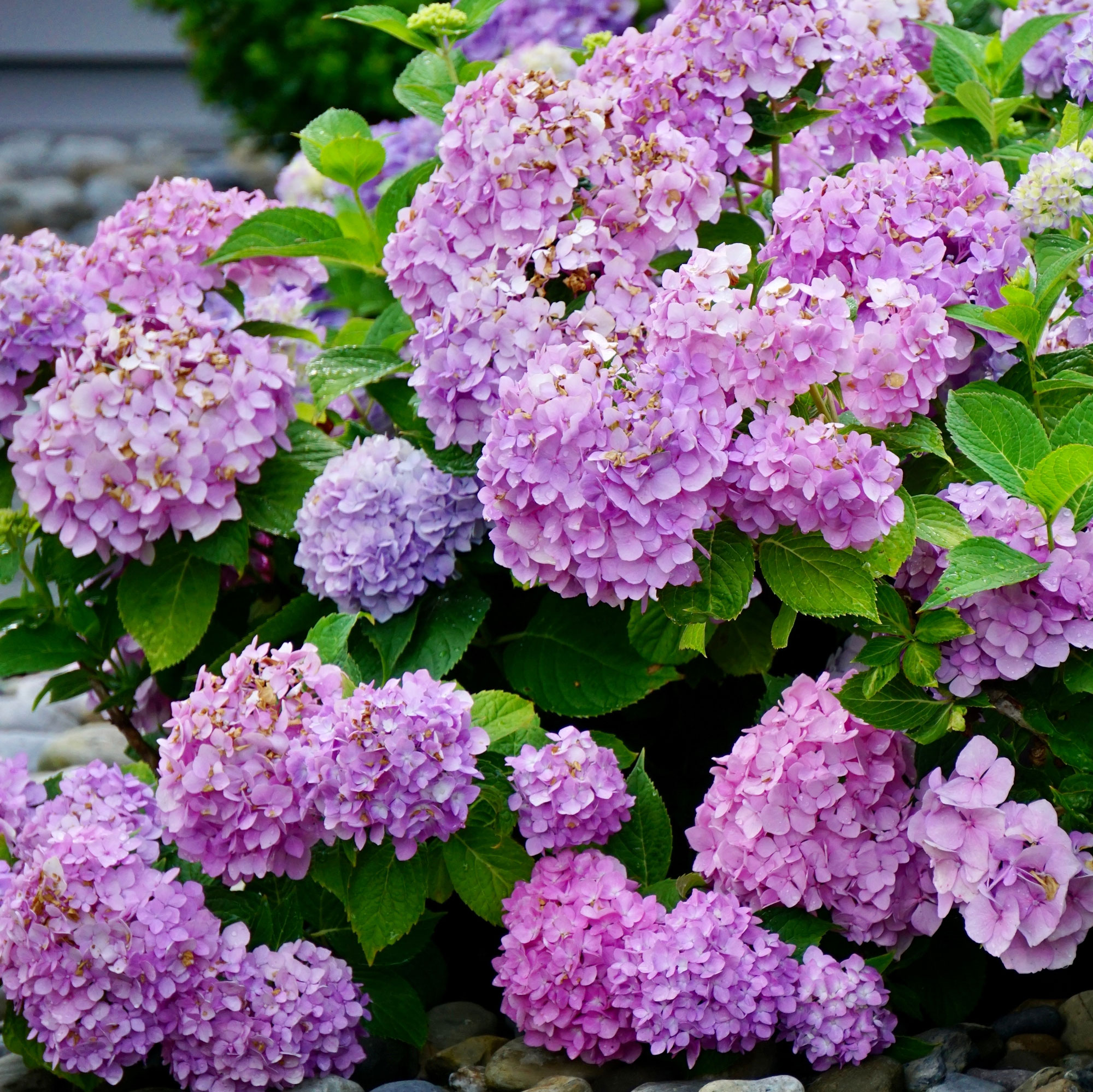 Grow These Eye-Popping Purple Hydrangea Varieties For A Lively On-Trend Tonal Treat
Grow These Eye-Popping Purple Hydrangea Varieties For A Lively On-Trend Tonal TreatFrom subtle indigo to rich violets, a purple hydrangea captures the imagination and adds elegance and verve to borders. Here are some of the finest purple bloomers
-
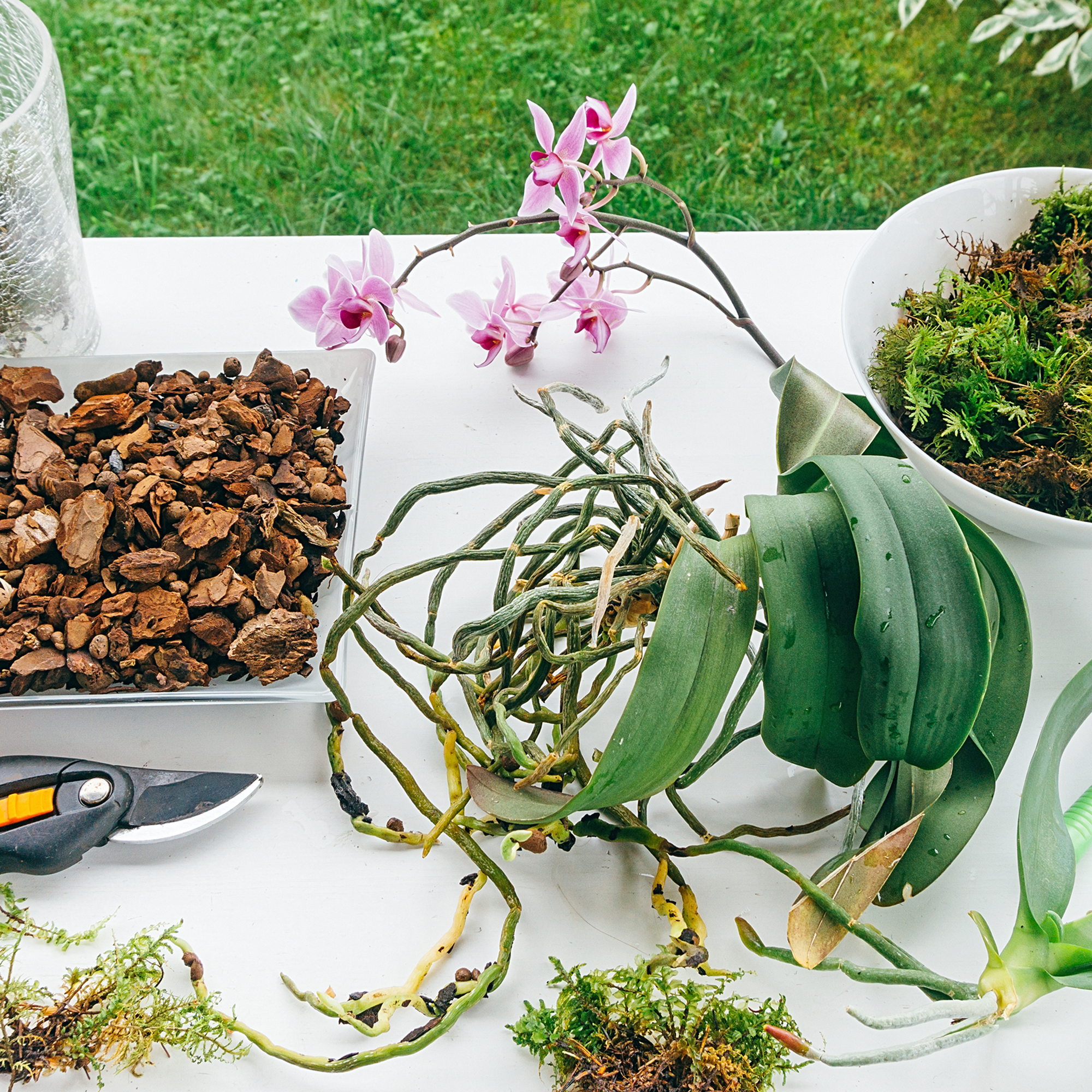 My DIY Orchid Potting Mix Boosts Blooms & Saves Money – Here's The Easy Recipe That Can Be Tailored To Any Species
My DIY Orchid Potting Mix Boosts Blooms & Saves Money – Here's The Easy Recipe That Can Be Tailored To Any SpeciesForget overpriced store mixes – this DIY orchid potting medium improves drainage, supports strong roots, and encourages maximum flowering.
